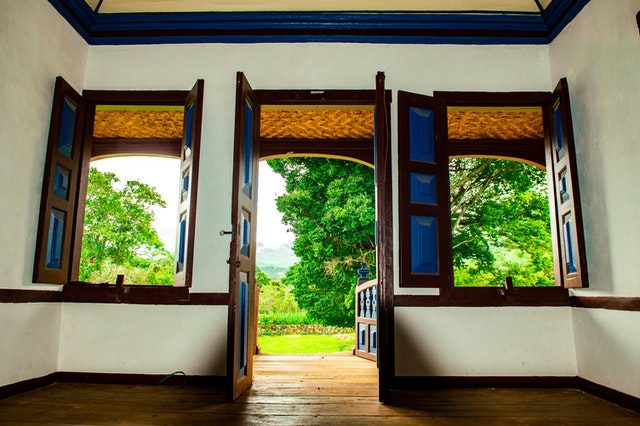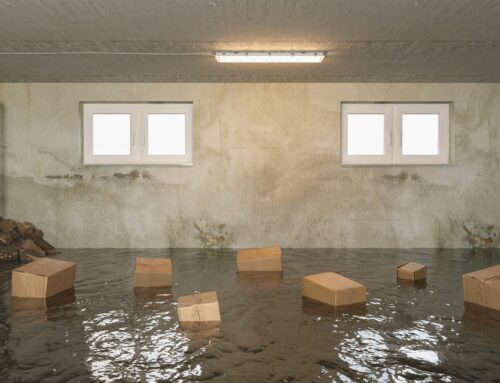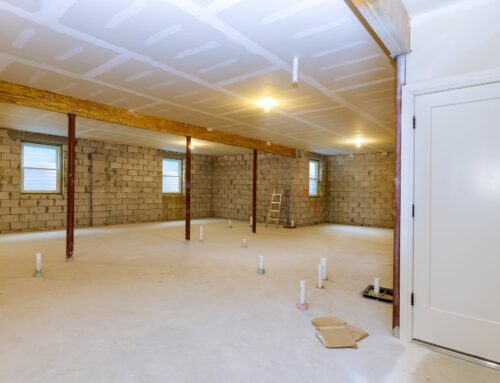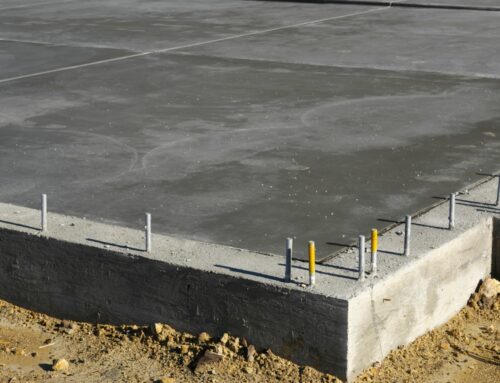If you need extensive repair to your plaster, you might want to consider drywall. While drywall is easier to install and won’t crack like plaster, it is not soundproof. Plaster absorbs sound waves and deadens the room’s acoustics, creating a quieter interior environment. Plaster doesn’t contain any biological materials that can feed mold; in fact, this material can stop mold spores from growing into full-fledged mold.
Plaster Repair in Old Houses: Why It’s The Best Option
Plaster is the better option in many ways. Plaster is easy to repair when it has small cracks or holes. It can be repaired with a light plaster and matching joint compound. Drywall doesn’t have this option. If you have a large crack or hole in the drywall, you will have to completely remove the drywall and replace it with a new one.
Plaster doesn’t have many issues as drywall does. Plaster is a natural building material that is made from sand, lime, and water. And it is a sound-absorbing material that contains no bugs, mold, or moisture. Plaster won’t crack and crumble.
Plaster is a better choice because it doesn’t contain all of the chemicals found in drywall. Plaster is not made from gypsum, which commonly contains formaldehyde. Formaldehyde is a toxic chemical that can negatively impact your health.
Tips to Help Prevent Plaster Crack Damage
1 – Patch small hairline fractures as they appear
One of the best ways to avoid damage to your plaster is to patch small holes and hairline cracks as they appear. You should patch these holes as quickly as possible before the weight of the wall above or the settling of the house causes them to grow larger.
2 – Install doorstops to protect plaster walls
Doors are a common source of plaster damage. Installing doorstops will keep doors from slamming into the wall. This will help protect the plaster from cracking and will even prolong the life of your walls.
3 – Don’t use nails for hanging frames on walls
Hanging frames, mirrors, and paintings on the walls can be a source of damage. To prevent damage to the walls, you should use screws and anchors if you want to hang things on the walls.
4 – Make sure your home’s foundation is always in good shape
Plaster damage is often a result of a shifting foundation or settling foundation. Fixing foundation issues can be complicated and expensive. If your foundation is damaged, you need to deal with this issue before it causes more damage to your home.
5 – If you have plumbing leaks, fix them as quickly as possible
Plumber leaks can create a number of problems, including a damaged plaster wall. They can cause water to seep into your walls and cause them to begin to rot. If you have a plumbing leak, call a plumber and have it dealt with right away.
Conclusion
Plaster walls are beautiful. They often add character to an old house and make it a home. While plaster walls are beautiful and unique, they do require some care. You need to keep an eye on the walls to make sure they are in good shape. Plaster is rarely damage-free; it will probably show some cracks and hairline fractures. These cracks are simply part of the process and will continue to appear as the plaster in your house ages.
In the end, plaster walls are very strong. They add character to your home, and they are very resistant to damage. Plaster is a natural building material that will last for many generations.
If you need concrete & plaster walls, contact One Stop Plastering. With over 60 years of experience, One Stop Plastering offers the best residential and commercial stucco and plastering services in the Bay Area.






